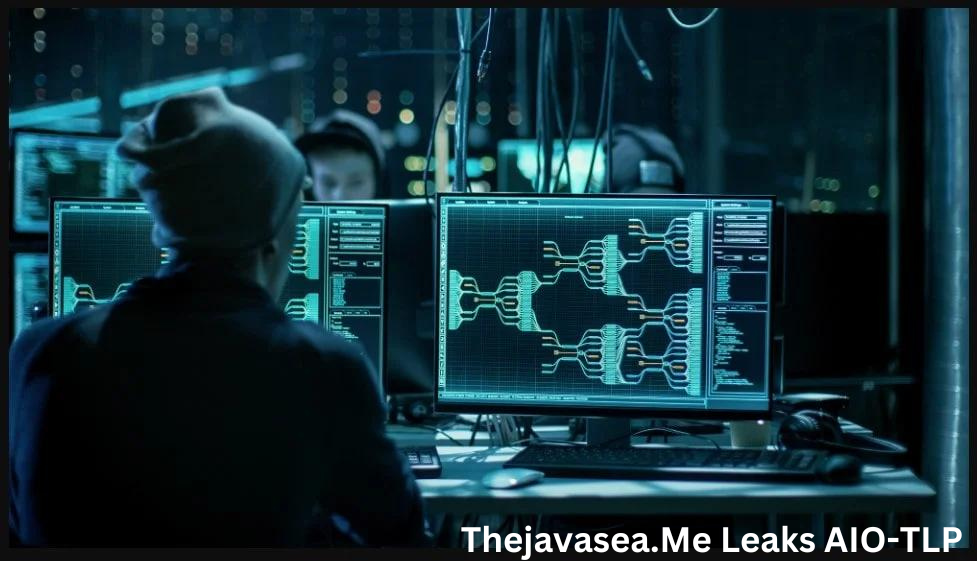In the ever-changing realm of cybersecurity, the emergence of significant data breaches poses a relentless challenge. A notable event in this ongoing saga is the Thejavasea.Me Leaks AIO-TLP. This breach has caught the attention of the cybersecurity community due to its extensive scope and the sensitive nature of the data compromised. This article aims to provide a comprehensive analysis of the Thejavasea.Me Leaks AIO-TLP, examining its implications, origins, and strategies for mitigating such vulnerabilities.
Decoding AIO-TLP: A Comprehensive Breach
What Does AIO-TLP Represent?
AIO-TLP, which stands for “All-In-One – Threat, Leaks, and Pwnage,” encapsulates the multifaceted nature of significant cyber threats that involve extensive data breaches. The Thejavasea.Me incident is a prime example, where a plethora of sensitive information has been exposed. This breach is particularly perilous as it amalgamates various data types, thereby increasing the potential for multiple forms of exploitation by cybercriminals.
The Vast Reach of Thejavasea.Me Leaks AIO-TLP
Categories of Compromised Data
The Thejavasea.Me Leaks AIO-TLP is characterized by its wide-ranging impact, with several types of sensitive information being exposed:
- Personal Identifiable Information (PII): This includes names, handles, social protection figures, and other personal details.
- Financial Information: Details such as credit card numbers, bank account information, and transaction histories were compromised.
- Corporate Data: Strategic documents, internal communications, and proprietary business information.
- Credentials: Usernames and passwords for various online platforms.
This diverse collection of compromised data significantly enhances the potential for damage, offering cybercriminals extensive resources to exploit.
Origins of the Breach
The Thejavasea.Me Leaks AIO-TLP originated from a complex array of sources including phishing schemes, malware attacks, and security oversights like database misconfigurations or insider threats. The intricate nature of modern digital infrastructures often makes it difficult to trace the exact point of vulnerability.
Impact on Stakeholders
Individuals
For individuals, the repercussions of Thejavasea.Me Leaks AIO-TLP are profound. Victims may suffer from identity theft, financial depletion, and severe privacy invasions, leading to long-term efforts to restore their security and reputation.
Businesses
Companies impacted by the breach face substantial consequences:
- Reputation Damage: Loss of customer trust and diminished brand credibility.
- Financial Implications: Immediate financial losses and potential legal repercussions.
- Operational Setbacks: Leakage of strategic information could disadvantage them against competitors.
The Broader Context: Cybersecurity Challenges and Solutions
The incident serves as a stark reminder of the vulnerabilities that exist within the cybersecurity framework and highlights the necessity for:
- Advanced Threat Detection: Implementation of state-of-the-art systems to identify and mitigate threats promptly.
- Data Encryption: Comprehensive encryption practices to protect data integrity.
- Regular Security Evaluations: Ongoing assessments to fortify security measures.
Proactive Incident Response
An effective event answer strategy is required for reducing damage. This includes establishing a specialized response team, formulating a detailed action plan, and regularly updating response strategies based on new insights and threats.
Legal and Ethical Dimensions
Legal Implications
Failure to protect data can lead to severe legal consequences for entities that neglect cybersecurity protocols. This may include fines and litigation from affected parties.
Ethical Considerations
There exists an ethical mandate for organizations to protect the data they manage. This breach underscores the moral responsibilities that accompany data management.
Conclusion
The Thejavasea.Me Leaks AIO-TLP incident underscores the critical need for advanced cybersecurity measures and vigilant protective strategies in the digital era. By dissecting such breaches, stakeholders can enhance their preparedness for future challenges, ensuring a more secure digital landscape for all users.


